Pair of fantastic and important oil paintings on panel
Signed lower right and lower left “A. Brandeis.”
The very high quality of brushwork, intense light, accuracy of detail and an exciting overall atmosphere lead to attribute this very rare pair of paintings to the great artist of the Italian school Antonietta Brandeis.
The two views depicted, are two classics of Venetian vedutismo that have fascinated the entire world for several centuries.
One depicts the Rialto Bridge and the other St. Mark's Square with the world's most famous bell tower standing out in all its irresistible beauty.
In classic Venetian views, there can be no lack of gondolas, nor pigeons, nor costumed ladies, and in these two small masterpieces they are portrayed with an abundance of detail worthy of the great tradition of Venetian vedutisti such as Canaletto, Francesco Guardi, or Bernardo Bellotto
This pair of artwork, never before on the market, comes from an important European private collection and are beautified by an antique frame in natural wood, in almost perfect condition.
Antonietta Brandeis (Miskovice, January 13, 1848 - Florence, March 20, 1926) was an Italian painter.
She was the author of portraits and religious subjects.
Born in Bohemia, in Miskovice,the teenage Antoinette is mentioned as a pupil of the Prague artist Karel Javůrek.
After her father's death, her mother Giuseppina Dravhozvall married the Venetian Giovanni Nobile Scaramella; apparently the family moved to the lagoon shortly thereafter.
In 1867 she entered the Academy of Fine Arts in Venice, figuring as one of the first women to take classes in fine arts in Italy.
In fact, women would not be granted the legal right to receive an art education until 1875.
Brandeis's professors in the Venetian Academy of Fine Arts included Michelangelo Grigoletti and Napoleone Nani, Domenico Bresolin for landscape, Pompeo Marino Molmenti for painting, and Federico Bagna for perspective.
In her early years of study, Brandeis showed her skills in portraying scenes from everyday life. Brandeis continued at the Academy with profit, completing her education after five years.
Confirming the happy formative period, her name appears in several entries in the list of prize-winning pupils in the “Acts of the Royal Academy of Fine Arts in Venice of the years 1866-1872”
It was in the Venice Academy that Brandeis perfected her skills as a meticulous landscape and city painter, following in the tradition of vedutists.
In 1870, still as a student at the Academy she produced her first exhibition. It is documented that she exhibited eight works between 1872 and 1876 with the Società Veneta Promotrice di Belle Arti; these were landscapes and genre scenes.
In the 1875 exhibition his landscape Palazzo, Marin Falier was sold to M. Sala of London for 320 liras.
This is one of the first indications of the interest the artist would arouse in foreign collectors, particularly English and German visitors. In the same period he presented two works in the Promotrice Fiorentina exhibition in Florence.
The first was titled Gondola, the second Buon dì! They were not sold and were presented in the same exhibition the following year, together with two genre works.
In 1876 and 1877 he exhibited three landscapes of Venice in the Promotrice Veneta, which were sold to foreign collectors.
In November 1877 he took Palazzo Cavalli in Venice to the exhibition of the Hungarian Fine Arts Society in Budapest. In both Florence and Budapest he spread his work under the name “Antonio Brandeis.”
Biographer Angelo de Gubernatis explained the choice: the artist had received both praise and criticism, but she did not accept the praise pronounced only because of her being a woman.
Between 1878 and 1893 she painted and exhibited numerous works, mainly scenes of Venice, and despite residing mainly in this city, she also painted and traveled to Verona, Florence, and Rome.
He also exhibited his works in Venice, Florence, Turin, Milan, and Rome. In 1880 she showed at the Melbourne International Exhibition with three more paintings of lagoon settings.
Brandeis was a prolific painter who constantly replicated her most popular works with minimal variations.
During this intense period of en plein air landscape painting and genre scenes, Brandeis was also, according to De Gubernatis, a painter of religious altars, many of which are found on the island of Korcula in Croatia.
A Madonna and Child of his can be seen in the sacristy of Curzola Cathedral. For the same church she painted a copy of the central panel of Giovanni Bellini's triptych in the Venetian church of Santa Maria Gloriosa dei Frari (1488).
On October 27, 1897, she married the Venetian Antonio Zamboni, a knight and officer of the Italian Crown and knight of the Order of SS. Maurice and Lazarus.
The couple lived in Venice, Florence and Rome. Brandeis reduced his artistic activity, but he participated in the 1906 International Exhibition of Watercolorists in Rome with a Studio and exhibited two works in the Society Promotrice delle Belle Arti in Florence between 1907 and 1908.
Antonio Zamboni died on March 11, 1909, and from that time the artist resided mainly in his Florentine home in Via Mannelli, remaining active until the day of his death on March 20, 1926.
In her will, dated Jan. 1, 1922, and kept in the archives of the Foundation of the Hospital of the Innocenti, Brandeis left most of her property to the orphans, including her cuadernos of bocetos, her paintings still in her possession, except for four works for which she left money so that they would be well framed and given to the Gallery of Modern Painting in the Pitti Palace.
Laura Capella, Daughter of her beloved friend and colleague Giulia Capella, painted Brandeis's portrait in 1924, which is on display in the Benefactors' Hall of the Innocenti Institute. The majority of Brandeis's works were sold in a public auction in December of 1926, but the Istituto degli Innocenti still preserves at least twelve of her oil paintings, as well as numerous watercolors and sketches, which give us much information about the artist's technique and production.
Antonietta Brandeis's works are found not only at the Istituto degli Innocenti and the Painting Gallery of Palazzo Pitti in Florence, but also in private collections in different parts of the world.
They are also found in the University of Virginia Museum of Painting, the Gloucester Museum and Gallery, the Revoltella Museum in Trieste, and the Island of Korcula, Croatia

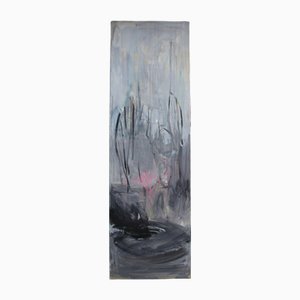

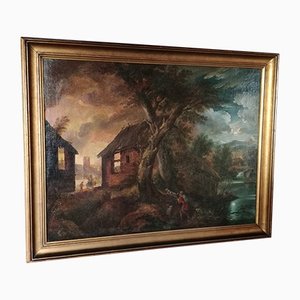
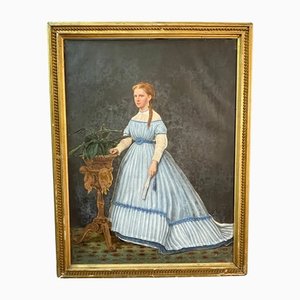
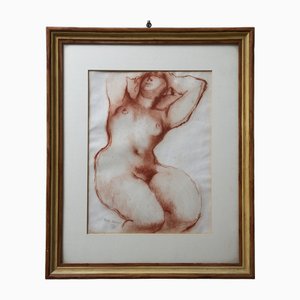
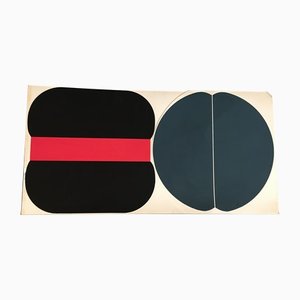

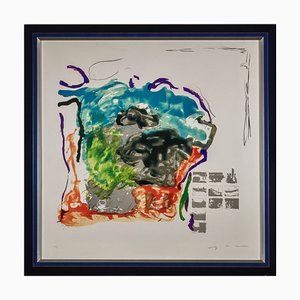

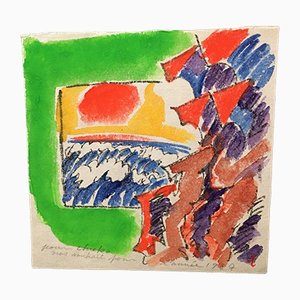
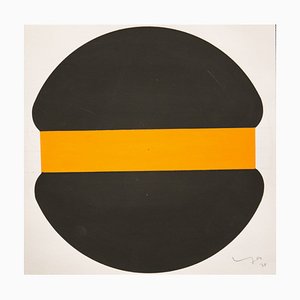

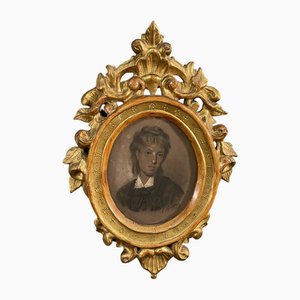

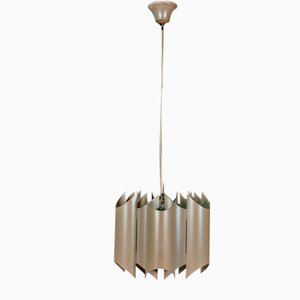






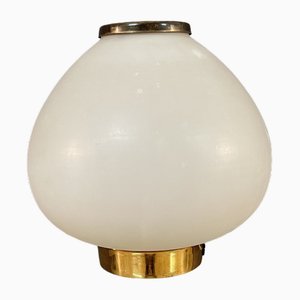

Get in Touch
Make An Offer
We noticed you are new to Pamono!
Please accept the Terms & Conditions and Privacy Policy
Get in Touch
Make An Offer
Almost There!
To follow your conversation on the platform, please complete the registration. To proceed with your offer on the platform, please complete the registration.Successful
Thanks for your inquiry, someone from our team will be in touch shortly
If you are a Design Professional, please apply here to get the benefits of the Pamono Trade Program